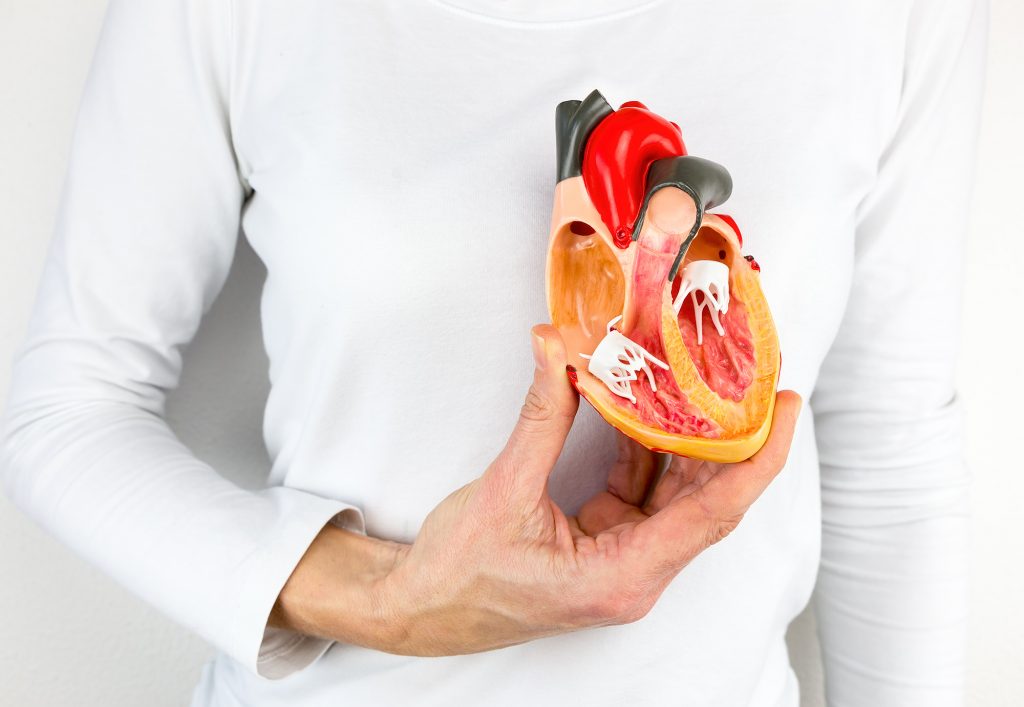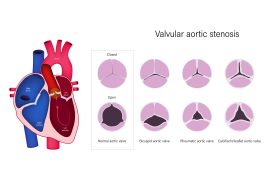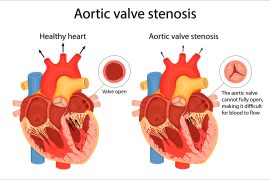Your heart has four valves that pumps the blood throughout the body. These four valves work relentlessly to ensure blood supply to all the organs in the body. But sometimes as time passes, the usual wear and tear sets in causing the main valve, called the aortic valve in the heart to be blocked.
Once blocked it becomes very difficult for the heart to pump the adequate amount of blood required by the body resulting in breathlessness, chest-pains and finally heart attacks.
The patient needs to undergo valve replacement surgery to solve/treat this disease. Usually, valve replacements are done through open-heart surgery wherein a new tissue or mechanical prosthetic valve is inserted in the place of the diseased valve.
Open heart surgery is an invasive procedure with a very long recovery period. This can be a difficult challenge for patients, especially elderly patients.
But there is an alternate method to open heart surgery which is less invasive and has a shorter recovery period. It’s called a TAVI.
A TAVI or Transcatheter Aortic Valve Replacement (TAVR) technique is a life-saving treatment modality for patients who are unwilling or are high risk patients to undergo an open heart surgery.
This minimally aggressive procedure includes positioning a novel artificial valve over the diseased native valve of the patient through a catheter introduced through the patient’s large artery located in the groin (femoral artery).
This procedure can thus be done through small openings and hence result in quicker recovery post procedure enabling the patients to go back to their normal lives.
To know more about the procedure, visit your cardiologist today.




